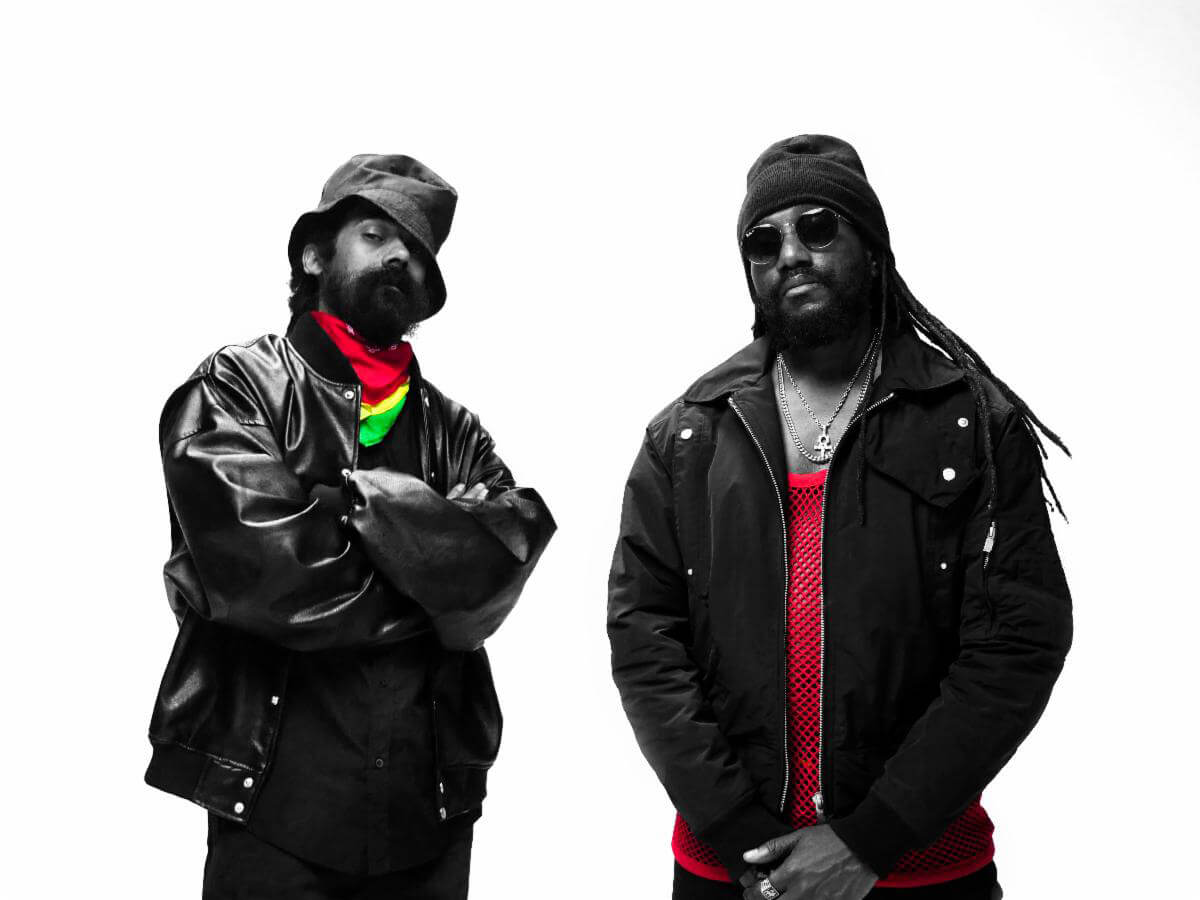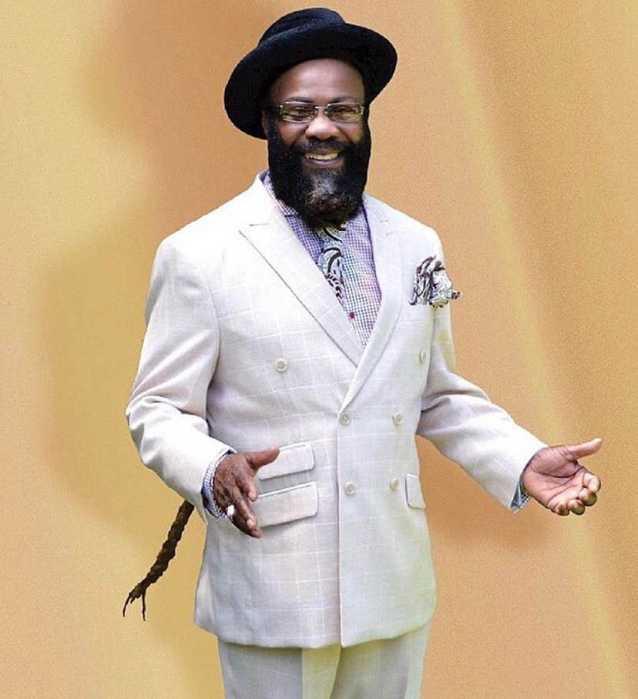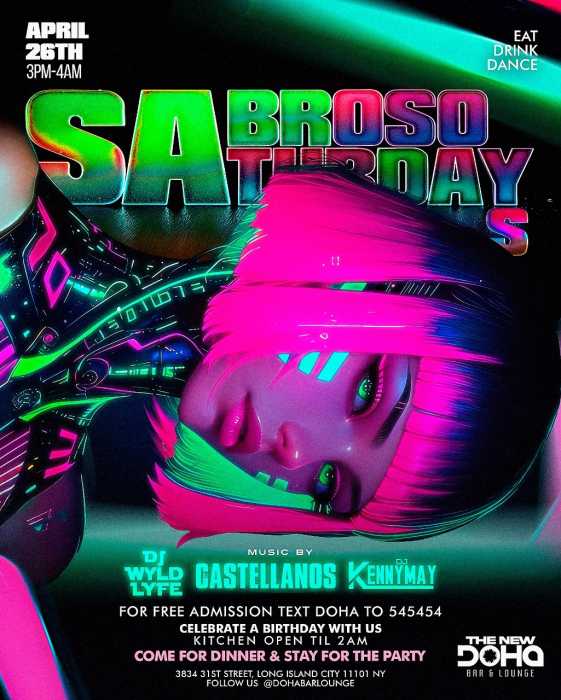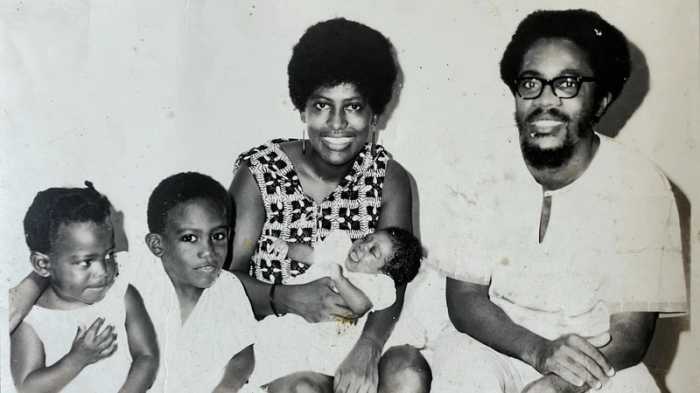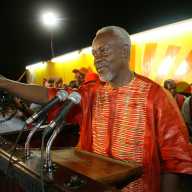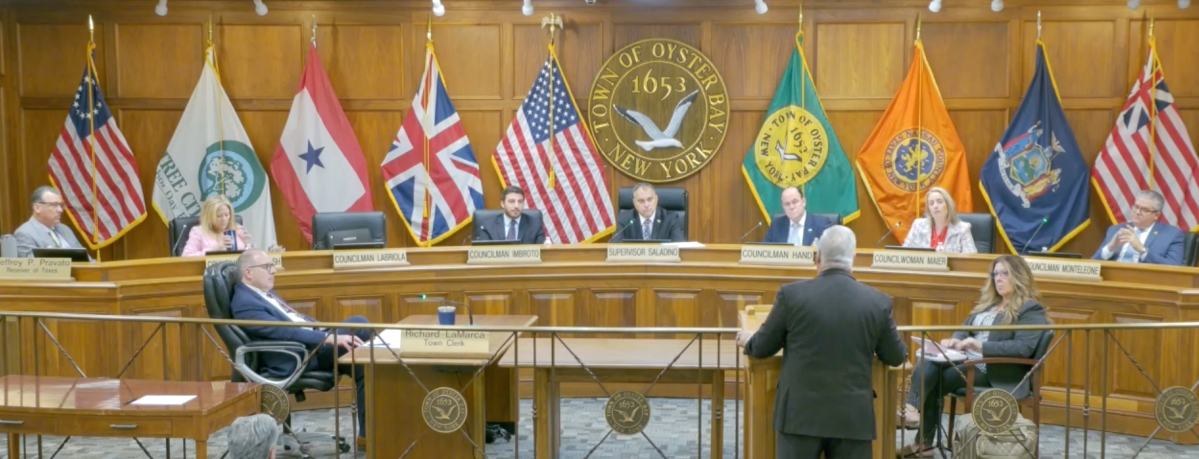Kabaka Pyramid and Damian “Jr Gong” Marley have linked up on new single, Red, Gold & Green in ode to the colors of the Rastafari tradition.
“For Kabaka Pyramid and Damian ‘Jr Gong’ Marley, it was worthy enough to unite their musical synergy to highlight the significance of the colors to Rastafari tradition and Reggae music,” said Jamaican entertainment publicist Ronnie Tomlinson after the release of Red, Gold & Green on Jul. 22.
Tomlinson, the chief executive officer of the New York-based Destine Media, told Caribbean Life that not only is Damian Marley featured but he is also the producer of this single.
Tomlinson said the name “Kabaka” is Ugandan for “King”, adding that “the long-lasting survival of the Pyramids of ancient Africa represent his desire for longevity in the music and deep connection to Kemetic roots, leaving messages for generations to come.”
She said Kabaka Pyramid is well known for songs like Warrior, Well Done and Can’t Breathe, which focused more keenly on the underprivileged who often are overlooked and ignored by society – and the powers that be, as well as Reggae Music and Nice Up the Dance that took on fun, entertaining lives of their own as strong representations of Jamaican culture.
His debut album Kontraband, was met with critical acclaim, containing hits such as Kontraband featuring Damian Marley and Kaught Up with a popular music video that found home on BET, and Reggae Music.
Tomlinson said the result of collaboration between Damian Marley and Kabaka Pyramid, as evidenced by records like Kontraband, “gives listeners the best of lyrics, musicality, and melodies.
“From the well harmonized chorus, the infectious reggae rhythm, and the insightful verses, this song is a continuation of the quality music Ghetto Youths International and Bebble Rock are famous for,” she said.
“Red, Gold and Green is really getting at the root of the Ethiopian flag as a symbol of Rastafari globally and what it really means from our perspective, the ones who live it, and what it means to carry this message through the music”, Kabaka Pyramid said.
While Kabaka talks about the musical aspect and the significance of maintaining the tradition despite changing times, Damian Marley compliments it with an equally lyrically potent verse.
Marley waxes poetic about the link between Ethiopia, Haile Selassie I and the Rastafari tradition with apparent ease.
“While this dynamic duo has linked up on other tracks and productions, this one is special in its focus on a mission and meaning,” Tomlinson said. “It delivers a poignant and important message about authenticity and reminds us of the identity of the tradition.
“While the order is tall, and the goal of the authors is lofty, this track delivers in its approach. It educates without confounding,” she added. “It elaborates without meandering but most commendable is that it does not spare the often-missing connections between cultures.”
Kabaka Pyramid said: “When we wave the banner around the world, we bring the teachings and inspiration of Haile Selassie I to masses, some who see the depths of Rastafari and some who just see it as a style and strictly music.
“We want people to know that we take our tradition and heritage seriously and that these colors have a deeper meaning than just a colorful brand,” he added. “All are welcomed to join the vibration, but it’s also good to take some time to get to know the King and add meaning to these divine colors.”


